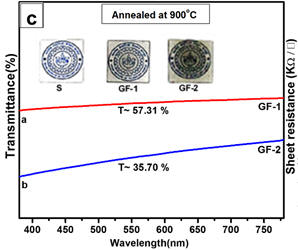Area of Interests
-Carbon
nanotubes,
graphene,
porous carbon,
exfoliated graphite,
-Nanostructured
advanced materials including nanopolymers,
-Multifunctional
and functionally graded composites,
-Nanocomposites
including multiscale composites,
-Carbon-carbon/silicon
composites,
-Finite
element analysis
of polymeric products,
-Roadwheel
of Military Battle Tank Arjuna
-Applications
of materials in Fuel
cell, Lithium
battery, Thermoelectric,
Water
purification, Supercapacitor,
High
performance structural composites,
Catalysis,
and Biomedical
Implants
________________________________________________________________________________________________________________________________________________________________________________________________________________________________________________________________________________________________________________________________________
Graphene,
a flat monolayer of sp2 hybridized carbon arranged into honeycomb
lattice, has received great attention in scientific community around the
globe due to its outstanding properties such as excellent room temperature
carrier mobility ~ 200,000 cm2 V−1 s−1,
high optical transmittance ~ 97.7%, fracture strength ~130 GPa and excellent
thermal conductivity
∼
5000 W m−1 K−1; and it has opened broad areas of
research in the nanoscience and technology.1 Graphene has 2D
planner structure and also called as a basic building block for all
graphitic materials including fullerenes (0D), carbon nanotubes (1D), and
graphite (3D), from nanoscale to bulk. The remarkable properties of graphene
grab potential application in modern electronic devices such as touch
screens, displays, thin-film transistors, thin film photovoltaics and
flexible electronics; and in various biomedical applications such as tissue
engineering, drug delivery and bio-imaging.



